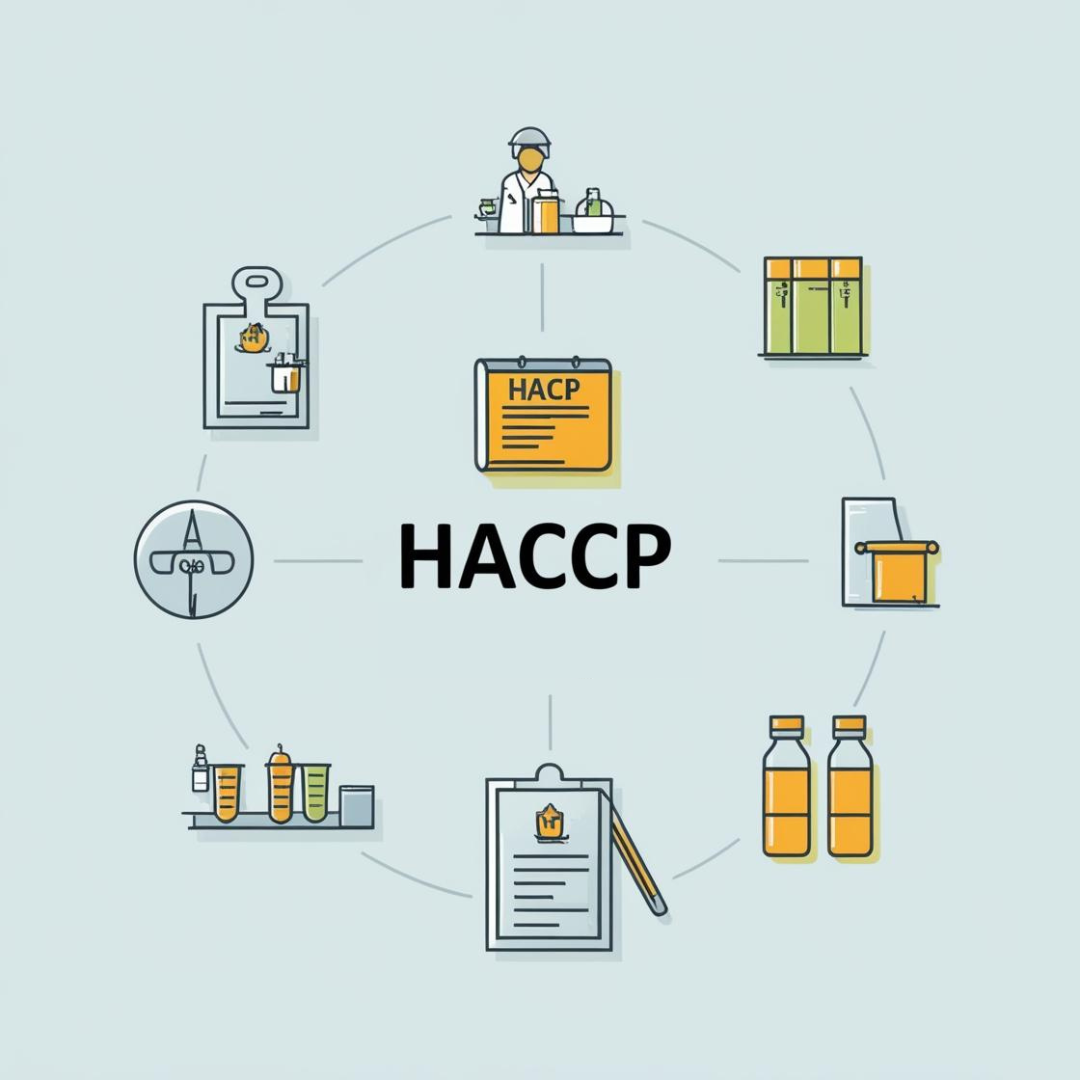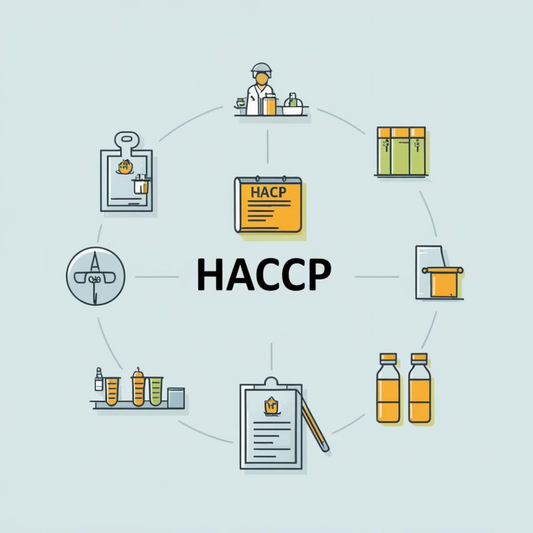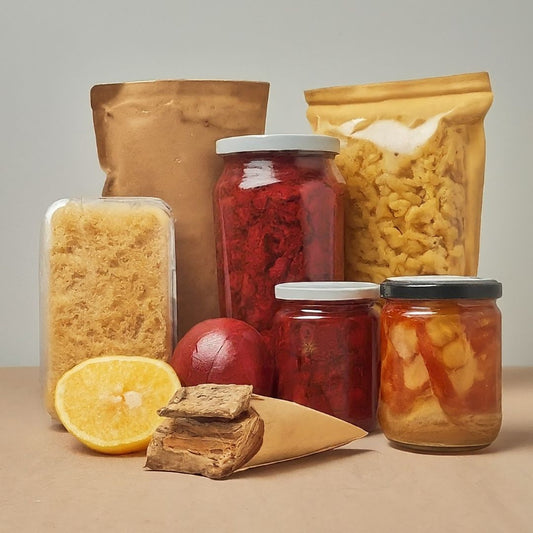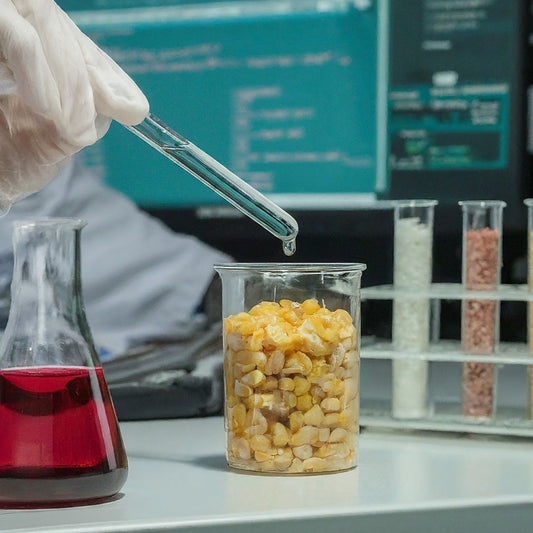Packaging’s role in reducing food waste.
Share
Food waste is a pressing global issue, with approximately one-third of all food produced worldwide being discarded annually. This staggering statistic has severe economic, environmental, and social implications, making it a priority for governments, businesses, and consumers alike.
The role of packaging in reducing food waste cannot be overstated. Thoughtfully designed and innovative packaging solutions play a pivotal role in preserving food quality, extending shelf life, and minimizing the environmental impact of discarded products.
The primary purpose of packaging is to protect food products from spoilage and contamination. Modified atmosphere packaging (MAP) is a technique that adjusts the levels of oxygen, carbon dioxide, and nitrogen within a package to slow down the growth of bacteria and fungi.
Active packaging is another innovative solution that releases or absorbs substances to prolong freshness. Oxygen scavengers, for instance, absorb excess oxygen in sealed packages, while ethylene absorbers reduce the ripening process in fruits and vegetables.
Smart packaging incorporates sensors and indicators that monitor the condition of the food. Time-temperature indicators (TTIs) change color based on temperature exposure, alerting consumers to potential spoilage.
Innovative packaging solutions also address portion control issues. Single-serving packaging reduces waste by providing convenient portion control options, particularly beneficial for perishable items like yoghurt, cheese, and ready-to-eat meals.
Multi-compartment packaging allows consumers to access only the needed portion, keeping the rest fresh for longer. Flexible packaging, such as resealable pouches, maintains freshness and reduces spoilage.
Clear and informative labelling is crucial in preventing unnecessary waste. Packaging should clearly distinguish between "best before" and "use by" dates to prevent consumer confusion. QR codes and smartphone apps can provide additional storage tips and recipe ideas.
As the industry moves forward, sustainability must remain a top priority. Biodegradable, compostable, and recyclable packaging materials minimize environmental impact. The development of eco-friendly packaging solutions that maintain food safety and quality is essential for a more sustainable future.
The role of packaging in reducing food waste cannot be overstated. Thoughtfully designed and innovative packaging solutions play a pivotal role in preserving food quality, extending shelf life, and minimizing the environmental impact of discarded products.
The primary purpose of packaging is to protect food products from spoilage and contamination. Modified atmosphere packaging (MAP) is a technique that adjusts the levels of oxygen, carbon dioxide, and nitrogen within a package to slow down the growth of bacteria and fungi.
Active packaging is another innovative solution that releases or absorbs substances to prolong freshness. Oxygen scavengers, for instance, absorb excess oxygen in sealed packages, while ethylene absorbers reduce the ripening process in fruits and vegetables.
Smart packaging incorporates sensors and indicators that monitor the condition of the food. Time-temperature indicators (TTIs) change color based on temperature exposure, alerting consumers to potential spoilage.
Innovative packaging solutions also address portion control issues. Single-serving packaging reduces waste by providing convenient portion control options, particularly beneficial for perishable items like yoghurt, cheese, and ready-to-eat meals.
Multi-compartment packaging allows consumers to access only the needed portion, keeping the rest fresh for longer. Flexible packaging, such as resealable pouches, maintains freshness and reduces spoilage.
Clear and informative labelling is crucial in preventing unnecessary waste. Packaging should clearly distinguish between "best before" and "use by" dates to prevent consumer confusion. QR codes and smartphone apps can provide additional storage tips and recipe ideas.
As the industry moves forward, sustainability must remain a top priority. Biodegradable, compostable, and recyclable packaging materials minimize environmental impact. The development of eco-friendly packaging solutions that maintain food safety and quality is essential for a more sustainable future.





